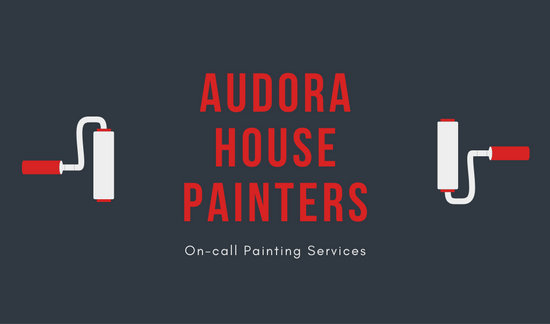Discover The Effect Of Seasonal Aspects On The Effectiveness Of Industrial Exterior Painting And Identify The Optimal Times To Attain Enduring Outcomes For Your Job
Discover The Effect Of Seasonal Aspects On The Effectiveness Of Industrial Exterior Painting And Identify The Optimal Times To Attain Enduring Outcomes For Your Job
Blog Article
Authored By-Ford Whalen
When you're preparing a commercial external paint job, seasonal factors can make or damage your outcomes. You'll intend to consider just how temperature and moisture impact paint application and drying times. Picking the appropriate period can ensure your paint adheres properly and lasts much longer. Yet which periods are really the very best for this sort of work? Allow's explore the key elements that can influence your project's success.
The Influence of Temperature on Paint Application
When you're planning a business external paint project, the temperature can dramatically impact how well the paint sticks and dries.
Ideally, you want to repaint when temperature levels range in between 50 ° F and 85 ° F. If it's as well cool, the paint might not cure correctly, resulting in concerns like peeling off or cracking.
On the other hand, if it's also hot, the paint can dry also promptly, avoiding correct attachment and resulting in an uneven surface.
You ought to likewise think about the moment of day; morning or late afternoon supplies cooler temperature levels, which can be a lot more favorable.
Constantly inspect the supplier's recommendations for the particular paint you're utilizing, as they frequently offer advice on the optimal temperature variety for optimal results.
Moisture and Its Effect on Drying Times
Temperature level isn't the only environmental factor that affects your business outside painting project; moisture plays a significant duty too. High moisture degrees can decrease drying times considerably, influencing the general quality of your paint task.
When the air is filled with moisture, the paint takes longer to treat, which can bring about concerns like inadequate attachment and a greater danger of mildew growth. If you're painting on a particularly damp day, be planned for extended wait times in between layers.
visit the next website to keep track of neighborhood climate condition and strategy accordingly. Preferably, aim for humidity degrees between 40% and 70% for optimum drying out.
Keeping these factors in mind guarantees your project stays on track and delivers a long lasting finish.
Best Seasons for Commercial Exterior Paint Projects
What's the very best season for your commercial outside painting projects?
Spring and very early loss are typically your best options. During these seasons, temperature levels are mild, and humidity levels are commonly lower, creating perfect problems for paint application and drying.
Stay clear of summertime's intense heat, which can trigger paint to dry too promptly, leading to inadequate bond and finish. Similarly, winter season's cold temperatures can impede correct drying out and treating, risking the longevity of your paint work.
Go for continue reading this with temperatures in between 50 ° F and 85 ° F for ideal results. Bear in mind to check the regional weather prediction for rain, as wet problems can spoil your task.
Planning around these factors guarantees your painting task runs efficiently and lasts longer.
Verdict
To conclude, preparing your industrial external painting projects around seasonal factors to consider can make a significant difference in the result. By scheduling job during the ideal temperature levels and moisture degrees, you'll guarantee much better attachment and drying times. Bear in mind to keep an eye on neighborhood weather prediction and select the correct time of year-- spring and early loss are your best bets. Taking these steps will assist you accomplish a sturdy and professional surface that lasts.
